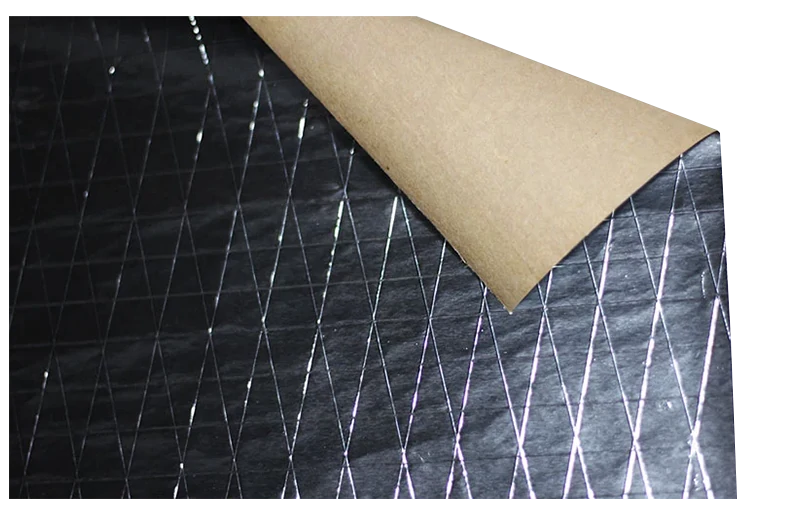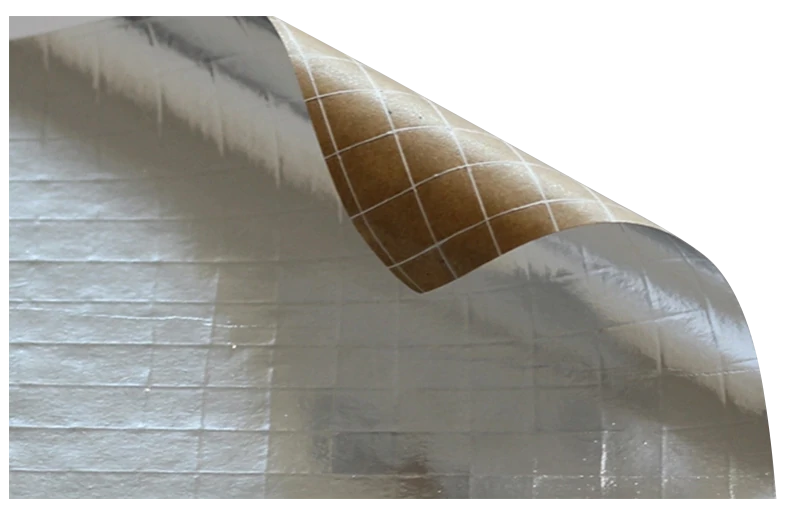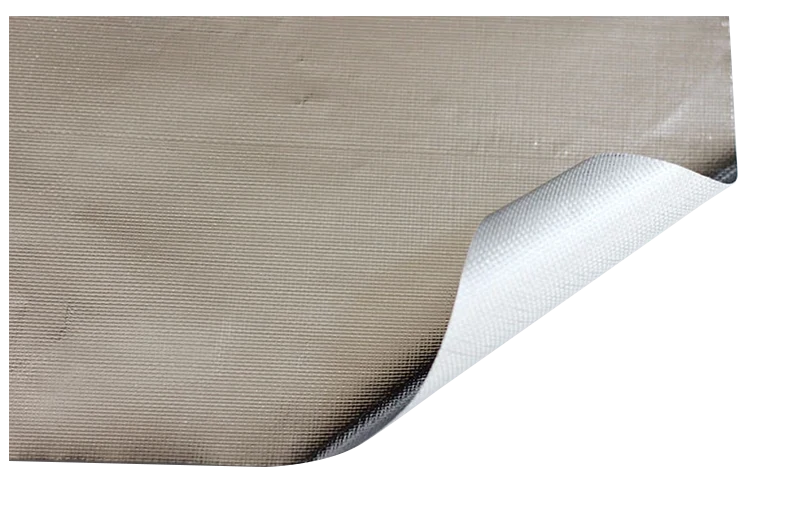Foil insulation, also known as radiant barrier insulation, works by reflecting radiant heat rather than absorbing it. This type of insulation is designed to reduce heat transfer by reflecting thermal radiation, which is one of the three ways heat moves (the other two being conduction and convection). The aluminum foil insulation provides three valued insulation solutions: thermal protection, vapor protection, and flame retardancy. These qualities, together, help protect construction from damage over time and help lower overall energy costs. Here's how foil insulation works:
1. Reflecting Heat: Foil insulation is typically made of a layer of aluminum foil or metalized film that is attached to a substrate material, such as foam or bubble wrap. The reflective surface of the foil reflects radiant heat away from the surface, preventing it from penetrating the insulation material.
2. Radiant Barrier: Foil insulation acts as a radiant barrier, meaning it reflects heat energy rather than absorbing it. When installed in a building or structure, foil insulation reflects the radiant heat from the sun or other heat sources, keeping the interior space cooler in hot climates and warmer in cold climates.
3. Installation: Foil insulation is usually installed in attics, walls, roofs, and crawl spaces to reduce heat gain in the summer and heat loss in the winter. It can be installed with the reflective side facing the heat source to maximize its effectiveness in reflecting radiant heat.
4. Complementary Insulation: Foil insulation is often used in conjunction with traditional insulation materials like fiberglass or foam to provide a comprehensive thermal barrier. While traditional insulation materials work by slowing down heat transfer through conduction and convection, foil insulation complements these by addressing radiant heat transfer.
5. Energy Efficiency: By reducing the amount of radiant heat entering or leaving a building, foil insulation helps improve energy efficiency and can lead to lower heating and cooling costs. It can also help maintain more consistent indoor temperatures and reduce the workload on heating and cooling systems.
6. Fire Resistance: Aluminum foil used in foil insulation is naturally fire-resistant, adding an extra layer of safety to the building envelope. This fire resistance can help prevent the spread of flames in the event of a fire.
7. Durability: Foil insulation is durable and long-lasting, providing effective thermal performance for many years without significant degradation. It is also resistant to moisture and mold growth, making it a reliable choice for insulation in various applications.
Overall, foil insulation works by reflecting radiant heat, making it an effective solution for improving thermal performance, energy efficiency, and comfort in buildings. Its ability to reduce heat transfer through radiation helps create a more comfortable and energy-efficient indoor environment.




